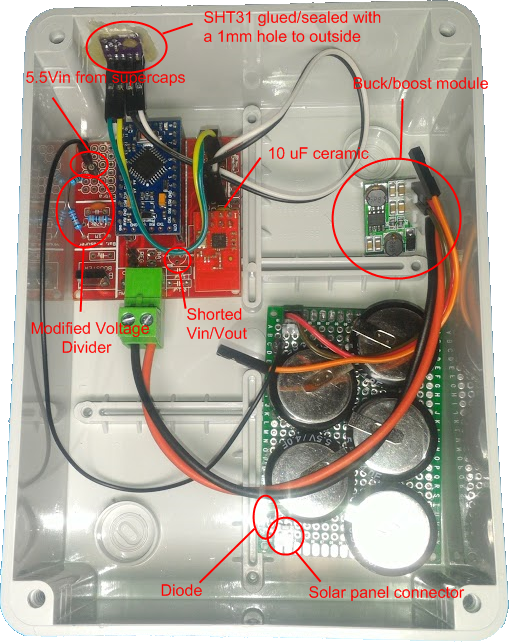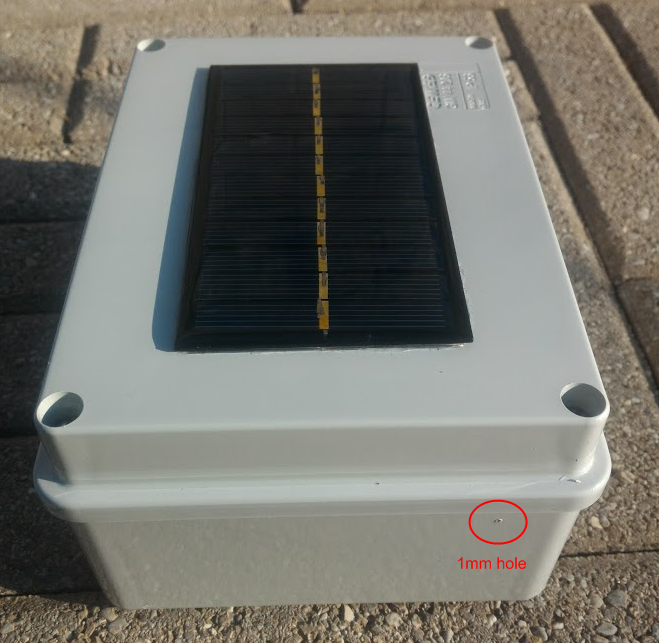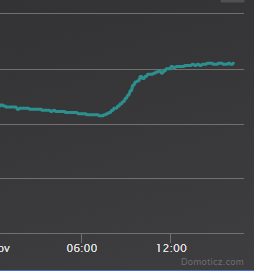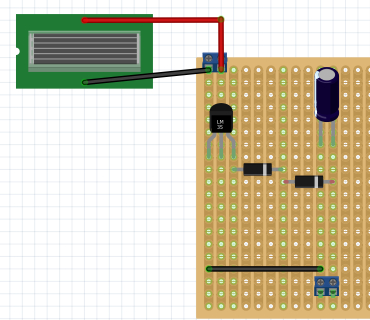Supercap Solar Powered Mysensors nodes as cheap as possible
-
What is the cost? Also, it's not clear to me how much usable charge you're getting.
-
1.5€ for solar panel, 1.7€ for 100F supercap, 1€ for booster and some cents for MCP1700, diodes and a small PCB. A fully charged supercap gives 3 days of working time, with send every 10 minutes of temp. hum, TX rssi, RX RSSI, battery voltage and battery percentage
-
Sounds sorta roughly like the kind of circuit used in solar garden lamps, except you've replaced the typical rechargeable battery with a supercap and are boosting to a higher voltage than they typically do. I wonder whether any of them do boost to the same voltage that you're targeting? Perhaps the brighter ones, for example? Those solar garden lights typically have a single, inexpensive integrated circuit that does it all.
-
@gohan said in Supercap Solar Powered Mysensors nodes as cheap as possible:
the booster is plugged in the Easy PCB and it is used to power arduino and sensor
By "plugged in," do you mean like in your earlier photo?

-
Since you're not posting schematics, maybe it's time for a new photo....
-
@gohan said in Supercap Solar Powered Mysensors nodes as cheap as possible:
Does it make sense?
I suppose. Why the two diodes again instead of just the one?
-
You'll have a very long charge tail with the diode(s) in that position.
-
It took about 5 hours to charge and it wasn't in direct sunlight, I'm still happy with the results given I'm using general purpose parts I already had around and no sophisticated charge controllers (and no particular knowledge about electronics :sweat_smile:)
-
It took about 5 hours to charge and it wasn't in direct sunlight, I'm still happy with the results given I'm using general purpose parts I already had around and no sophisticated charge controllers (and no particular knowledge about electronics :sweat_smile:)
-
The overcast days are where the two diodes are burning you.






